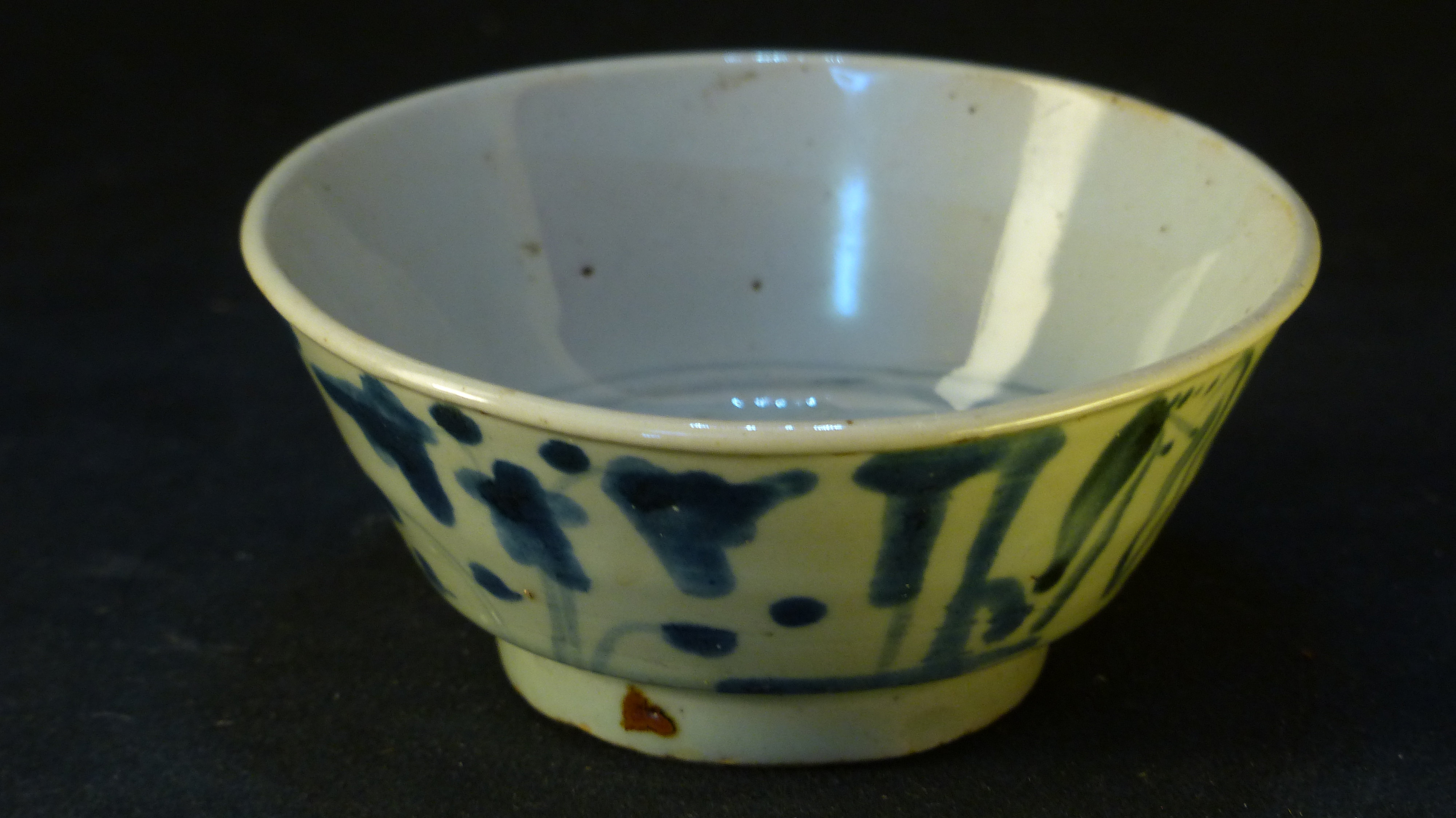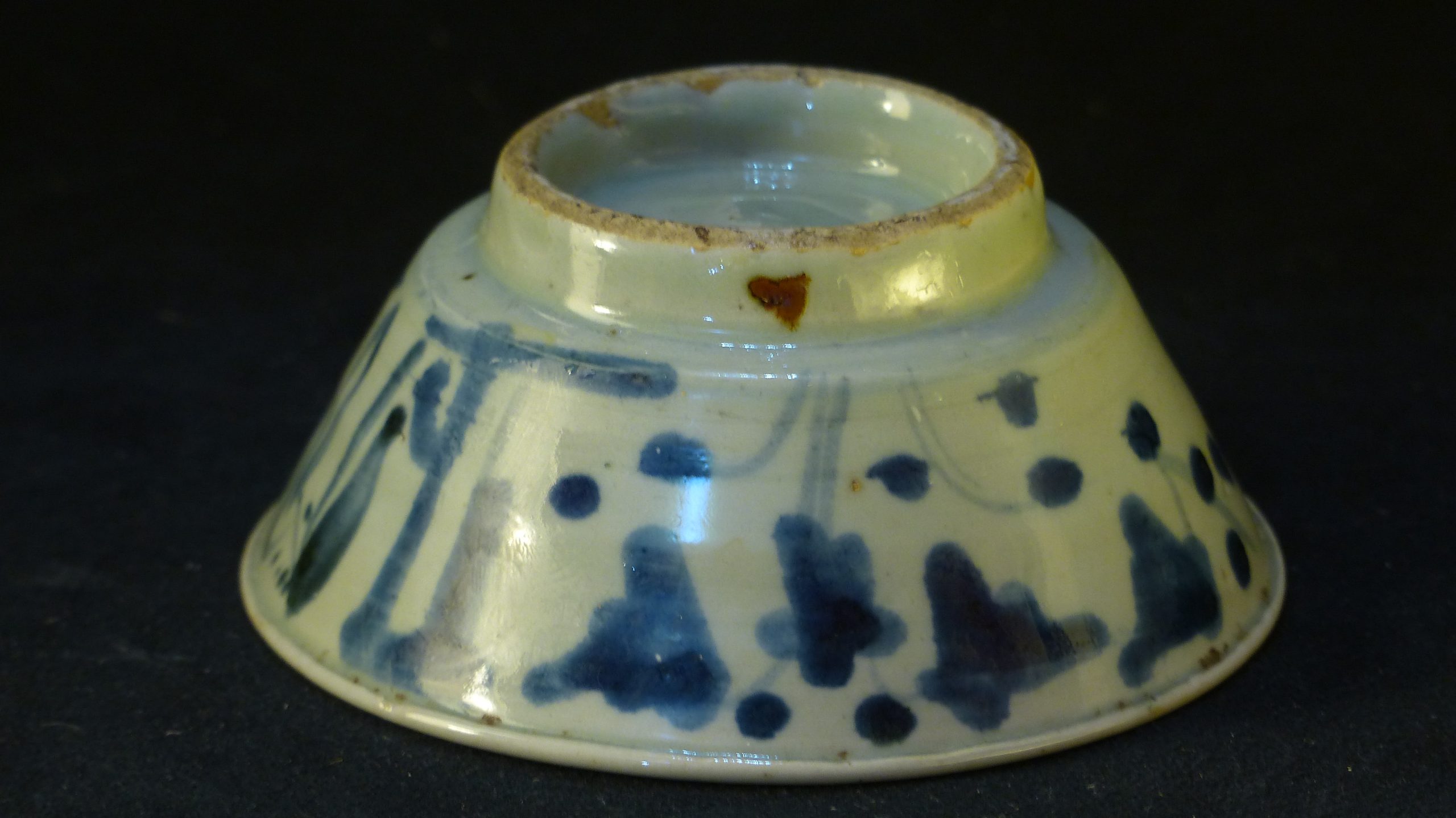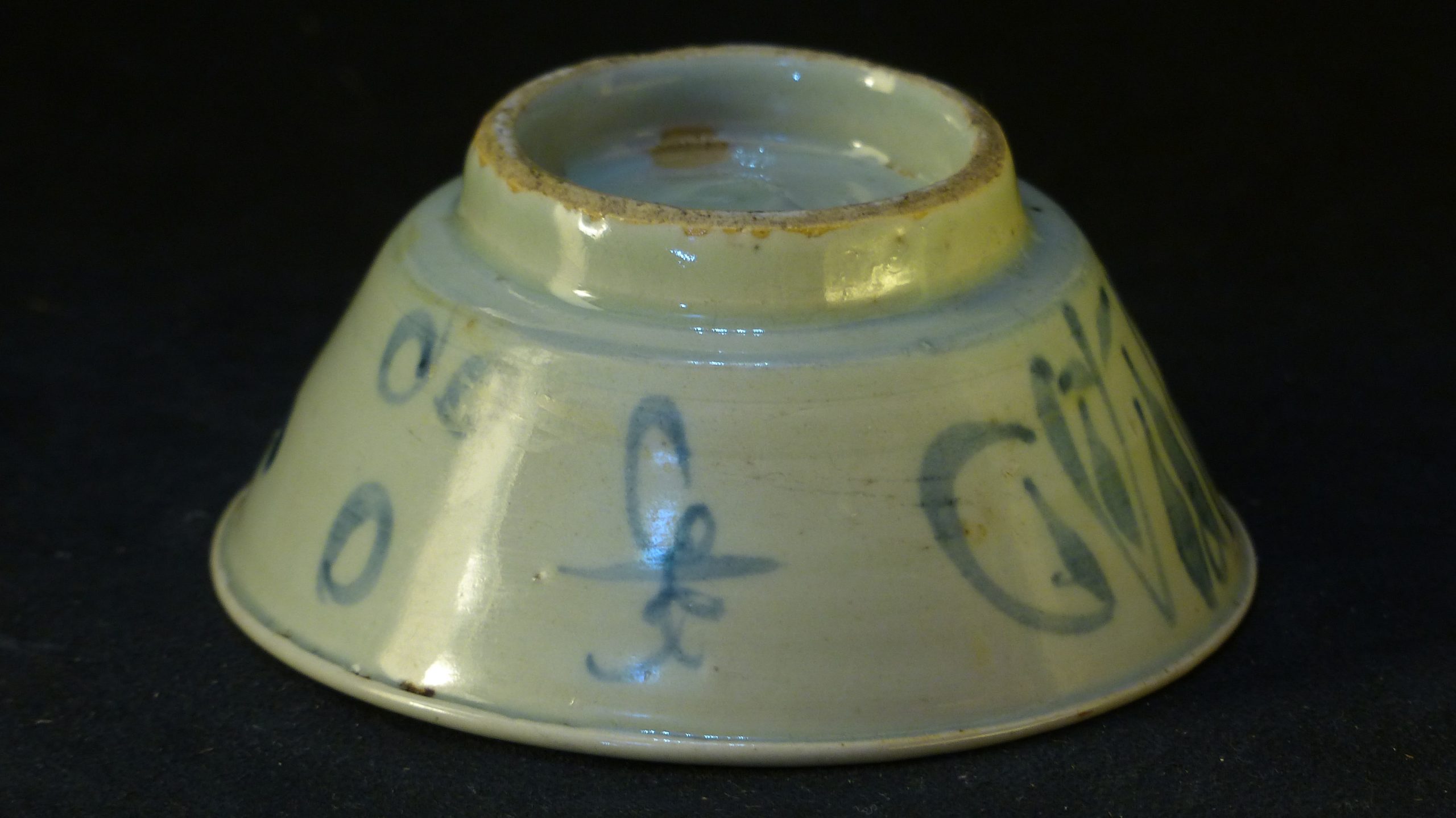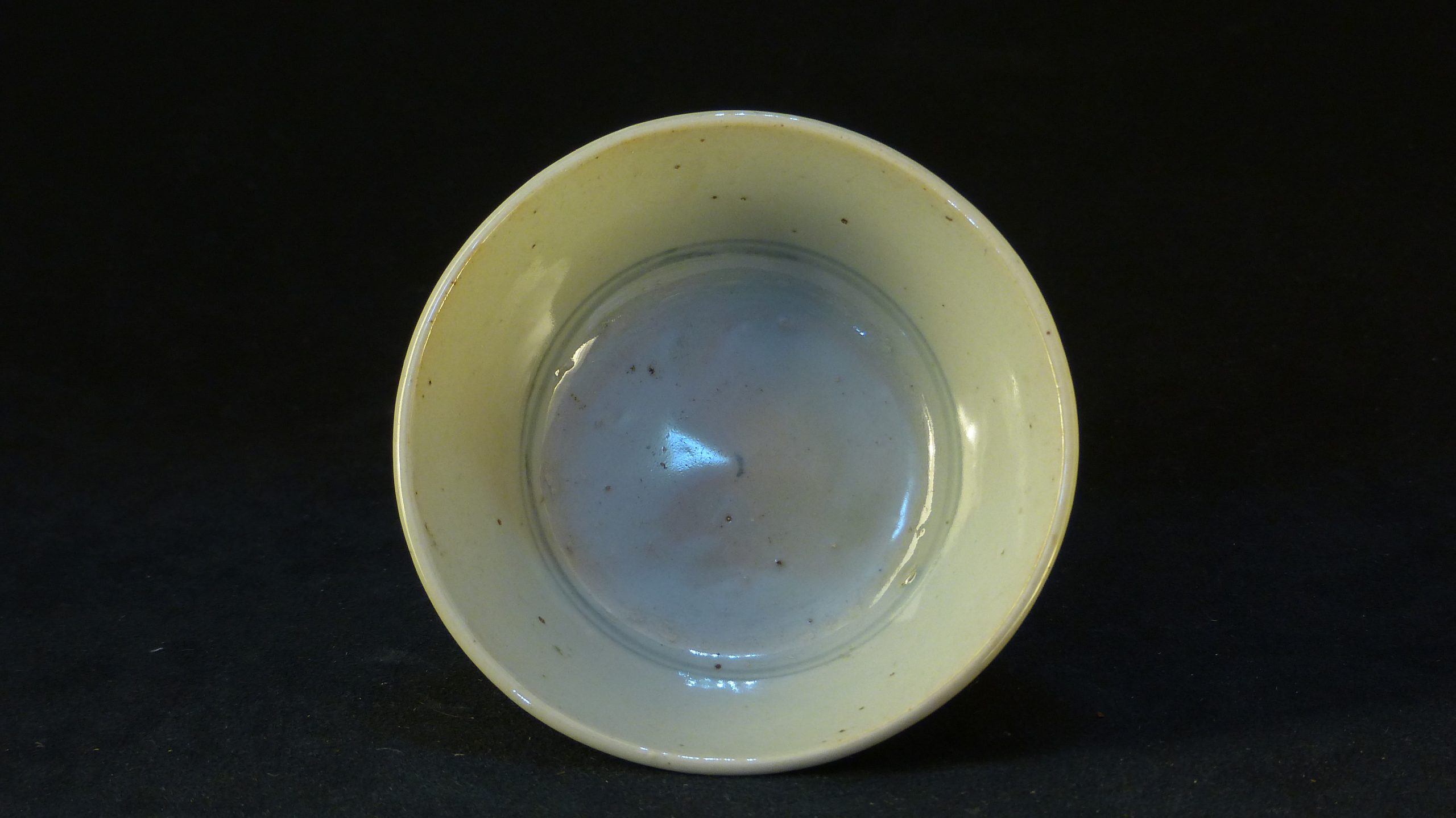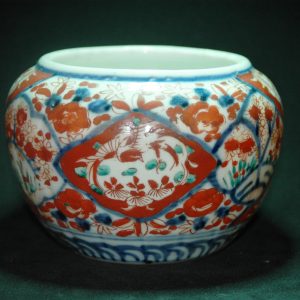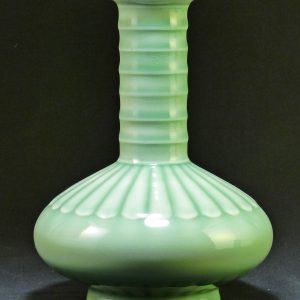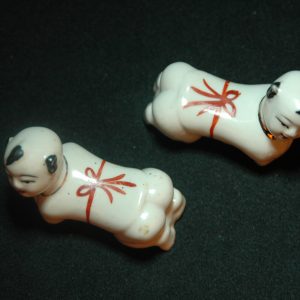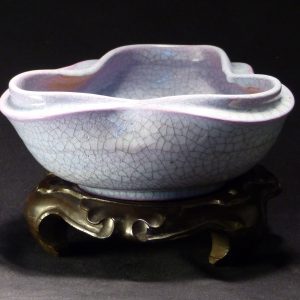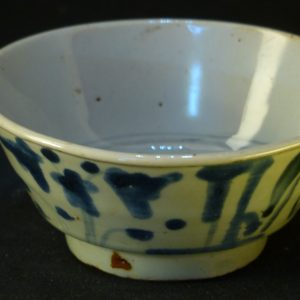Description
青花 花草纹篮圈碗
参考:TR-535 Flower bowl with contrasty blue decoration. There is however a short, fine hairline and a small chip at the mouth rim
Startup set 31
In this set there is a 550 year old celadon bowl and a jarlet from Royal Nanhai (AD. 1460) shipwreck. There is also a blue and white flower bowl and two porcelain spoons from the Desaru (c. 1830) shipwreck. In addition, there is a deer plate, a kraak dish, a small deer saucer and a reign market fisherman bowl from the The Wanli (c. 1625) Shipwreck. This set will be delivered with five Certificate of Authenticity.
640 year old fish and flower plates
Sukhothai fish plates from the Turiang (1370) shipwreck. These plates feature a painted fish (for long life) in the center. Whilst there were numerous fish plates in the Turiang cargo, there were very few flower plates. The flower plates are also very hard to find in the antique market but there are many ‘fakes’ being made. The technique of painting with iron oxide over a slip layer, is the earliest type of underglaze painting and represents a 1,500 year old Chinese tradition. These plates are VERY RARE. Proper Sukhothai clay is light reddish and always shows white quartz crystals which cannot be seen in modern reproductions. For more information about the underglaze pottery developments and the importance of the Turiang shipwreck which carried this type of historical pottery, click here
MING DYNASTY PORCELAIN from The Wanli (c. 1625) Shipwreck.
The 550 year old celadon wares offered on this page were recovered from the Royal Nanhai (c.AD. 1460) shipwreck site. They are in remarkably good condition despite their long stay on the seabed. The sometime deteriorated glaze was due to iron oxide (from the glaze matrix) which crystallized on the surface and then when in contact with saltwater corroded the glaze. This is yet another provenance factor! The celadon’s were made at Ban Ko Noi & Ban Pa Yang, Sisatchanalai, (as can be seen on the video to the left) by immigrating potters from the famous celadon kilns in Longquan China.
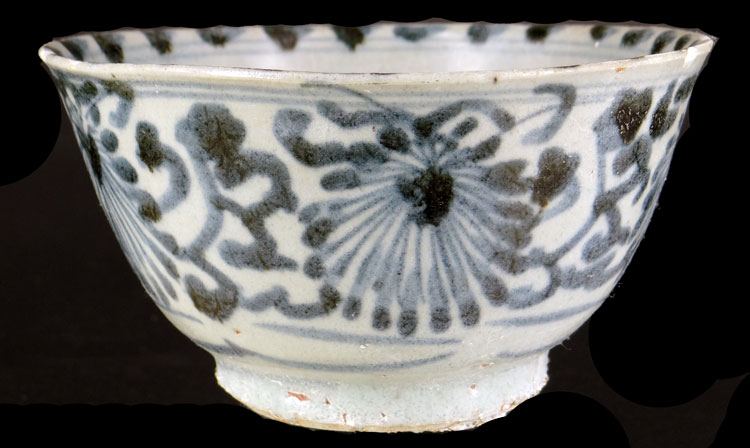
For higher quality celadon alternatives,
go to: celadon wares
Chinese blue & white Chrysanthemum bowls from the late Transitional period (AD. c. 1700) wrecksite. These bowls are from a ‘wreck site’ rather than a shipwreck. It is most likely that the ship hit a nearby reef, punched a hole in its hull, anchored and jettisoned the bowls in order to facilitate repair. All bowls in this group have small rim chips and a few (if noted) show very fine hairlines. All bowls are about 14 cm in diameter. Shipping weight: 07 kilo
Each bowl is delivered with a Certificate of Authenticity.

![[临渊阁]天地一家春](https://www.antiquekeeper.ca/wp-content/uploads/2023/03/antiquekeeper_banner_image_2-4.jpg)
